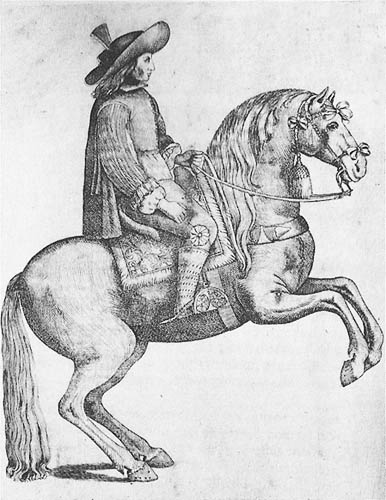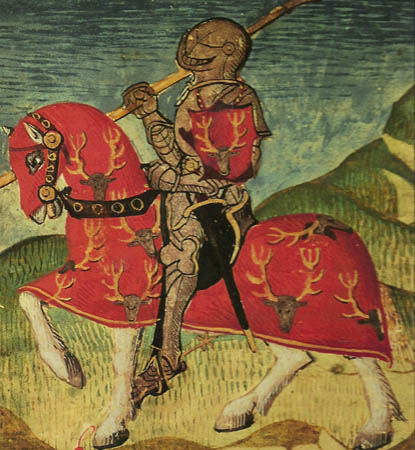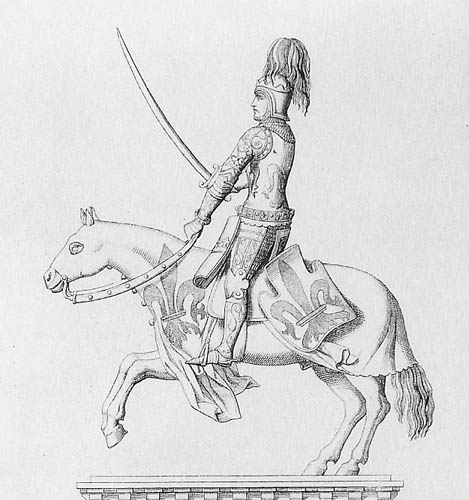How we Ride: the Legacy of the Desert

|

|
The year is 633 C. E. (Common Era) and the place is the northern Arabian Peninsula. The land to the south had been a backwater of history. The Romans built a couple forts along the border but saw no reason to go any further. Much of the land was desert and its people preoccupied with petty tribal squabbles. However, look at a modern map of the world and you cannot help noticing this place sits at the very hub of the world: to the east is Asia, to its northwest is Europe and to its south is Africa. As is often said in real estate, “It is location, location, location.” The civilized world was soon in for a big surprise.
The two great and ancient empires just to the north, the Byzantines and the Sasanian Persians, had fought themselves to near exhaustion. Preoccupied with their own affairs, they did not notice the activity of Muhammad ibn Abdullah, the charismatic prophet just to their south. Not only founder of one of the world’s great religions, Mohammad was a talented military and political leader as well. That is to say, the world did not notice until, like the eruption of a volcano, the armies of Islam burst upon them from what was thought to be an empty and inhospitable desert and proceeded to sweep all before them. In the next century they had moved across North Africa. In 711 C.E. they crossed the Straits of Gibraltar and took most of the Iberian Peninsula. The Islamic conquerors, as they were later called the Moors, brought many things to Spain but of interest to us were their horses, their style of riding, and their saddles.
Said to have been among the world’s oldest breeds, the modern Arabian horse is very distinctive with their "dished" facial profile, large eyes, large nostrils, and small muzzles. Perhaps their strangest feature is that, unlike other horse breeds that have six lumbar vertebrae, most Arabians, like humans, have only five. The Arabian horse is known for its intelligence, endurance, and naturally good disposition. Although we associate the Arab with the Islamic world, horses were uncommon in Arabia at the time of Mohammad and for the most part came to Arabia was war booty from Persia. The horse breed located in North Africa is the Barb, whose facial profile is convex not concave like the Arab. The Barb is also an endurance horse fit for long distance travel. Being the geographical the closer the antecedents of the Barb were likely the horses of the Islamic invaders.
The proponents of various horse breeds love to speak of the antiquity of their particular breed but the truth is that breeders were much more pragmatic in prior times and may not have had exactly our modern concept of what a pure bred should be. Over the centuries breeders respond to the dictates of equestrian fashion and functional needs. The nature and numbers of particular horse types and the local equestrian gene pool has been ever changing as a result.
Once Moorish horses came to Spain they met with horses of different backgrounds. Heavier European mounts were interbred with the lighter Moorish horses and refined into a new light horse type, called the Jennet. Further refinements of Spanish horses created the modern Andalusian breed, the parent breed of the Lipizzaners. Jennets often tended to be natural pacers rather than trotters when moving at a faster gait than a walk. In the days prior to the discovery of posting, a slow pace was considered the preferred gait for a saddle horse. The Jennet horse was refined into the various future South American gaited breeds; for example, the Paso Fino.

| 
| 
|
During the Reconquista the Spanish Christians expelled the Moors from Spain and honed their skills as cavalrymen. In 1492 Columbus launched a wave of Spanish conquests in the Americas during which the mounted horseman functioned as a terror weapon against the native American Indians who had never before seen horses. The Spanish established stud farms in the Americas to provide mounts and soon produced large numbers of horses. At the same time cattle ranching was developing in Mexico. The horse and rider, originally instruments of war, evolved into the Mexican landowning gentleman caballeros and their ranch hands, the vaqueros (cowboys). However, this was not only a story of human cultures; it was also a story of horses. The Spanish Jennet horse once introduced in the Americas often escaped domestication and became the feral Mustang, equally the stuff of legends. The various Spanish saddle types also evolved into today’s western saddle. The Mexican ranching culture was passed on to the American settlers in Texas and is so familiar to us today that few of us realize that the original heritage is not an Anglo one. The roots of the our Western riding style and Western saddle carry back to old Spain and beyond that all the way to the Arabian Peninsula.